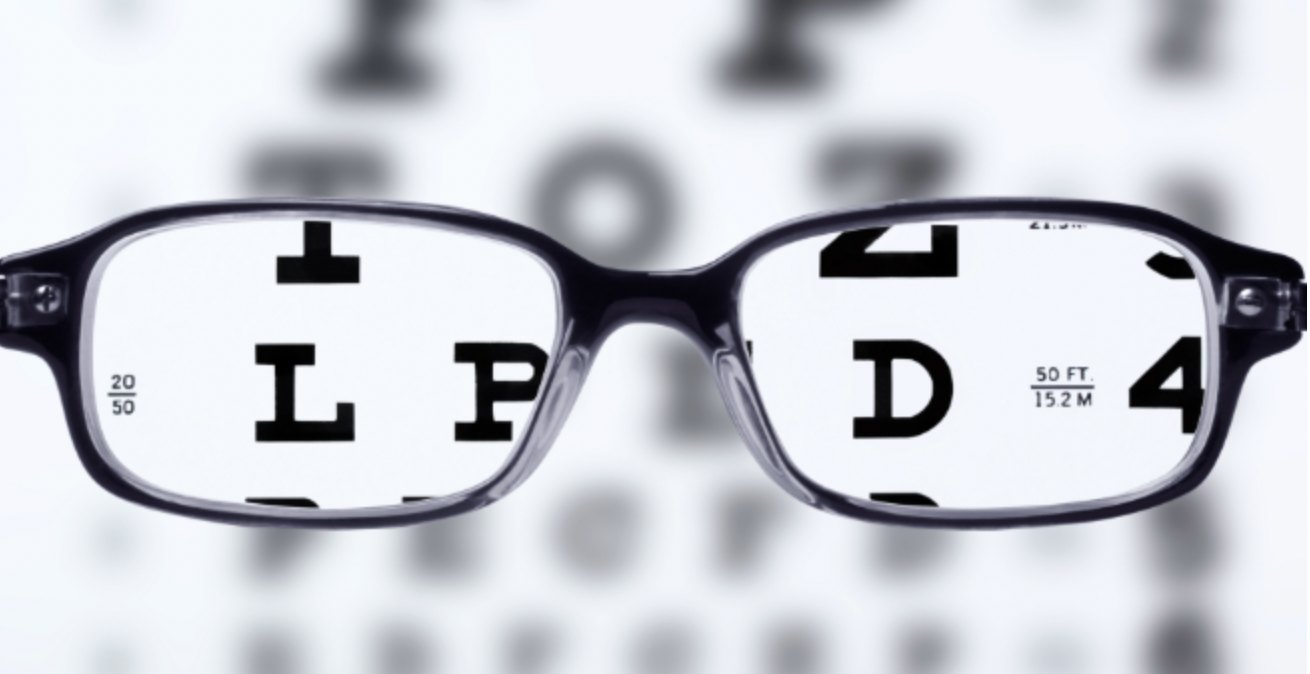
Welcome to Question of the Day #367
EyeTools Question of the Day #367
I work in my own community eye care practice. Sometimes, when a patient has only a slight change in prescription or only has a small prescription, I find it difficult to decide whether to recommend new glasses or not. Do you have any tips?
I work in my own community eye care practice. Sometimes, when a patient has only a slight change in prescription or only has a small prescription, I find it difficult to decide whether to recommend new glasses or not. Do you have any tips?
I struggle with this sometimes as well.
I show the person what they can see with their current glasses and then show them what they can see with the new prescription.
So for example, for a patient who has an increase of +0.50 DS in each eye for distance, I would ask the patient to look at the letter chart with the new prescription with both eyes together and ask them to look at the clarity of the letters, then I would place a -0.50 DS in front of each eye (to mimic the old prescription) and ask them to look at the clarity of the letters again.
I can quickly add and remove the -0.50 DS and do several comparisons in quick succession. If the patient notices better clarity with the new prescription I advise them that they can see better with the new prescription and recommend new glasses.
I make a note in the records ‘Patient notices improvement in vision with new prescription.’ If the patient doesn’t notice a difference in clarity I will consider other reasons for recommending new glasses, such as a change in frame style, different type of lens, and prescription sunglasses.
I can do the same for a near prescription. With the new prescription I will ask the patient to look at reading print and make several quick comparisons of clarity with the previous prescription, again noting any improvement and considering other reasons for advising new glasses.
The same can be done for those people who don’t’ currently wear glasses. A comparison of clarity for distance and/or near vision can be done with and without the lenses and the results noted in the records.
Bear in mind that some patients will report a very noticeable difference in clarity with a small prescription change or a small new prescription and others not notice any difference in clarity with what you might consider to be a large change in prescription or a large new prescription.
Remember that:
Some changes in prescription or new prescriptions may not improve clinical visual acuity values but can result in a noticeable improvement in clarity.
There are lots of reasons for advising new glasses other than improved visual acuity and/or clarity.



1.jpg)



.jpg)
.jpg)



_(Instagram_Post).jpg)
.jpg)
_(1080_x_1080_px).jpg)


with_UP_Cabinet_Minister_Sh_Nand_Gopal_Gupta_at_OpticsFair_demonstrating_Refraction.jpg)
with_UP_Cabinet_Minister_Sh_Nand_Gopal_Gupta_at_OpticsFair_demonstrating_Refraction_(1).jpg)

.jpg)








.jpg)



.png)




